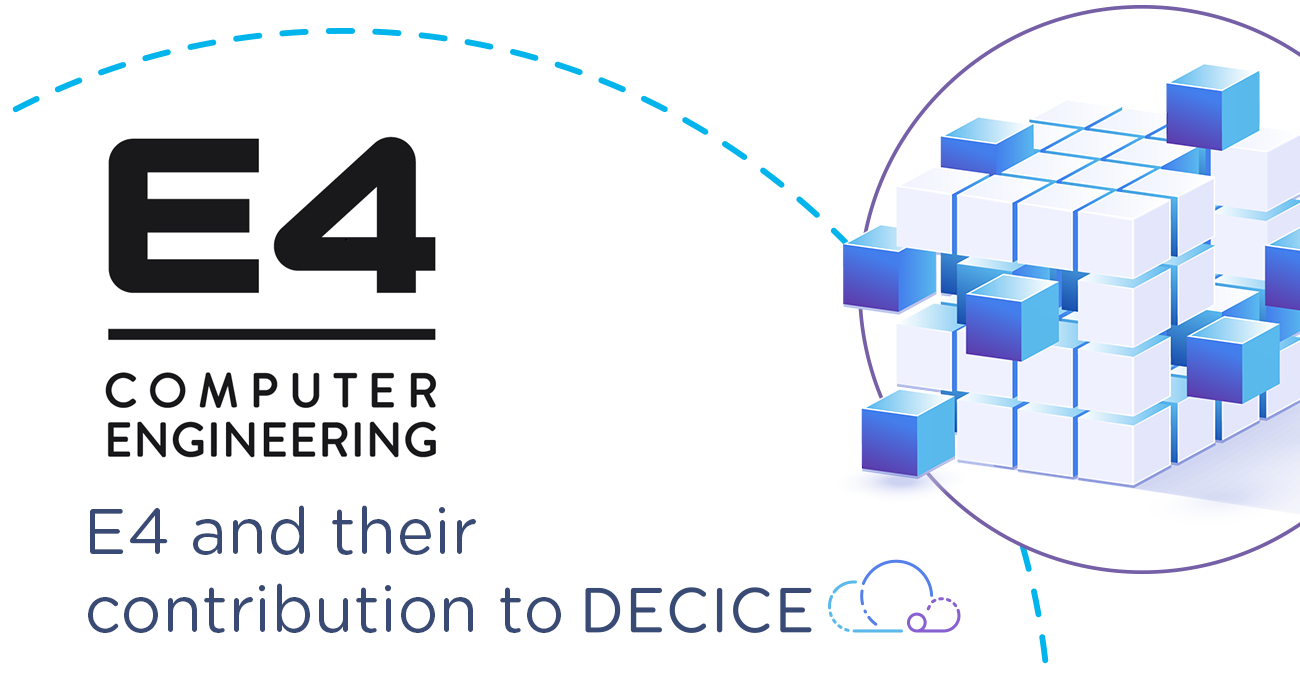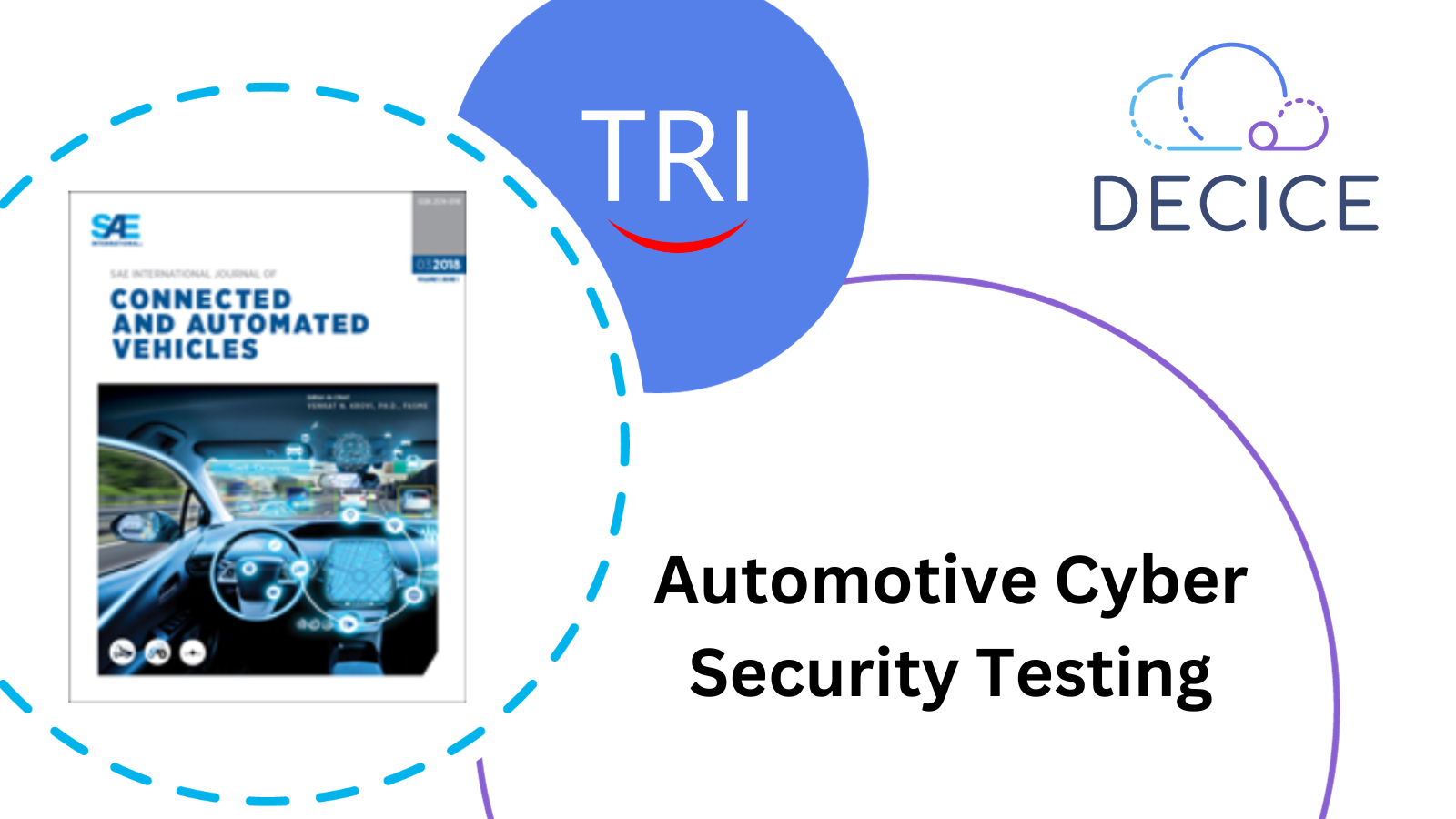
Accelerating Cloud Robotics with Lightweight, Scalable DevOps
A lightweight and fully automated DevOps framework is now available to dramatically simplify the deployment of ROS2 applications on Kubernetes.
This solution tackles one of cloud robotics’ biggest pain points: the time and complexity required to provision, configure, and manage reproducible environments. Using Vagrant, Kubernetes, Docker/Helm, and a CI/CD pipeline, it takes users from zero to a fully operational ROS2 cluster with monitoring in just 13 minutes—more than 20× faster than manual methods.
Key Highlights
- ⚡ Rapid Deployment: Automated setup of Kubernetes clusters and ROS2 pods.
- 📈 Scalability: Expands up to 326 pods in under 10 minutes, even on modest hardware.
- 📊 Monitoring & Observability: Integrated Prometheus + Grafana dashboards for real-time insight.
- 🛠 Reproducibility: Vagrant-based VM provisioning eliminates the “works on my machine” problem.
- 🔄 CI/CD Integration: GitHub Actions pipelines for seamless build, test, and deploy.
This framework offers a production-aligned, reproducible workflow that supports robotics developers, EU research projects, and industry partners working on edge-cloud systems, digital twins, and AI-driven robotics.
All source code, deployment scripts, and configuration files are open-source and available on GitHub: 🔗 github.com/MSKazemi/Vagrant-Kubernetes-ROS2-Deployment
Contributions are welcome.
Author(s): Mohsen Seyedkazemi Ardebili, University of Bologna
Key words: # ROS2 # Kubernetes # CI/CD pipeline # Prometheus # edge-cloud systems


